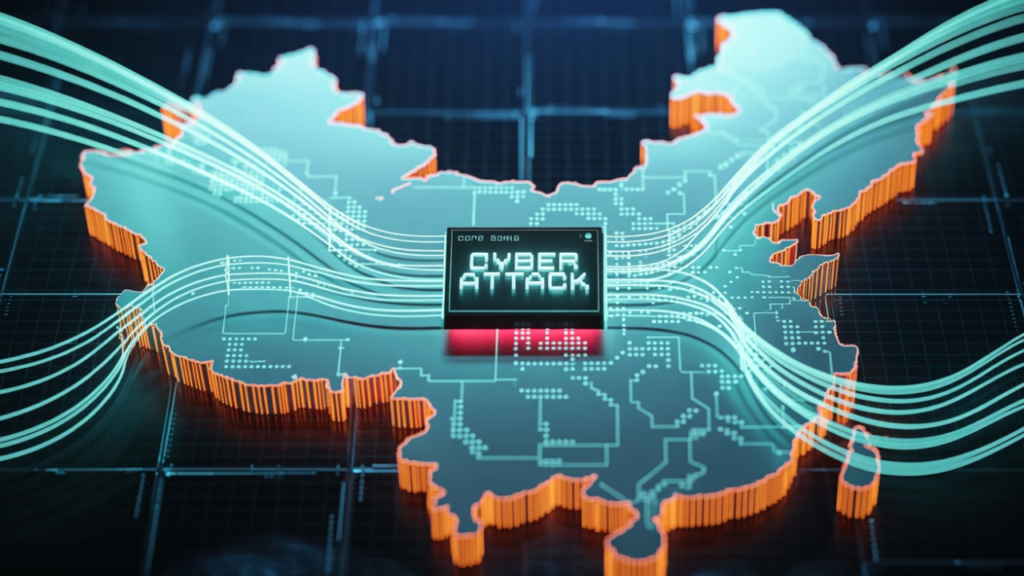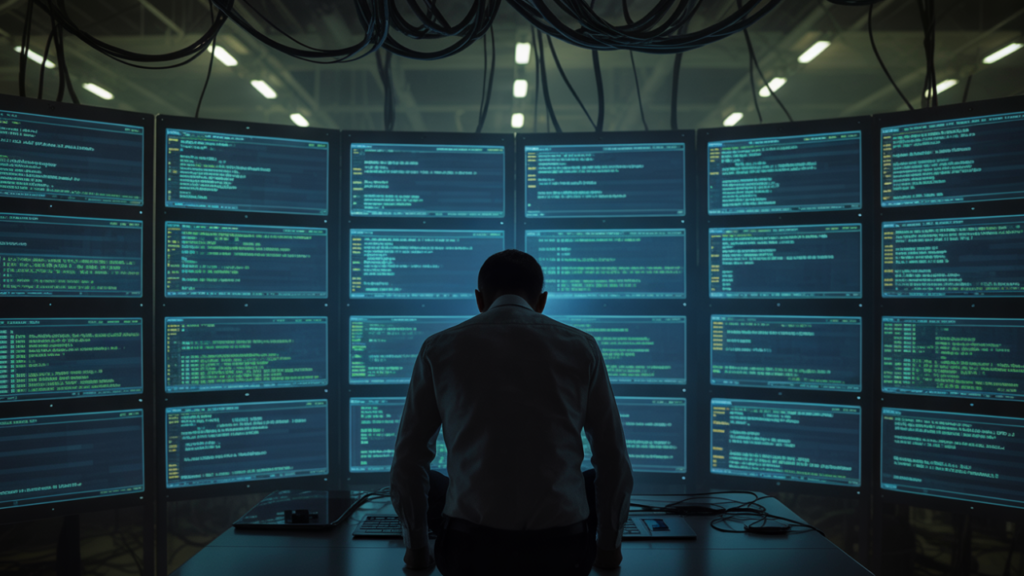Before we dig into the drama, it’s essential to understand why people are searching for this topic. The search intent behind “China cyber attack” isn’t one-dimensional—it spans from curiosity and concern to research and readiness.
- General public wants updates on attacks and implications.
- Cybersecurity professionals seek detailed threat analysis.
- Businesses and IT teams are looking to safeguard infrastructure.
- Policy analysts and journalists dig into the geopolitical narrative.
The rise in search volume is a reaction to the very real, very current surge in state-linked cyber incidents—and China is a central figure in this evolving digital conflict.
🌐 A Surge in Cyber Chaos: Latest Developments from 2024–2025
🔥 150% Increase in Cyber Attacks Linked to China
According to Bright Defense (May 2025), there’s been a 150% spike in cyberattacks attributed to Chinese actors. Industries like media, manufacturing, and finance have reported increases as high as 300%.
These attacks aren’t just nuisances—they’re calculated, often targeting intellectual property, critical infrastructure, and sensitive political or defense data.
👥 New Hacker Groups, New Threats
In 2024 alone, seven new Chinese hacker groups were discovered. These aren’t rogue actors in hoodies—they’re highly organized, well-funded, and in some cases, allegedly backed by the state.
Many operate under the guise of private companies, making attribution a murky process. Ransomware is often used as a decoy, masking espionage behind financial motives.
🏅 Asian Winter Games 2025: A Cyber Frontline
Perhaps one of the most eyebrow-raising developments was China’s accusation that the U.S. NSA launched cyberattacks during the 2025 Asian Winter Games. Targets allegedly included energy, transportation, and defense research institutions in Harbin.
This mutual blame game only highlights the escalating cyber Cold War between China and the West.

🕵️♂️ The Methods Behind the Madness: How These Attacks Unfold
China-linked cyber operations vary, but common tactics include:
- Zero-day exploits
- Social engineering and phishing
- Supply chain manipulation
- Advanced persistent threats (APTs) like APT41 and APT27
- AI-assisted vulnerability research
Google Cloud’s blog revealed that state actors are now using adversarial AI, not only for automating attacks but also for reverse engineering software vulnerabilities at lightning speed.
The term “Shadow AI” has emerged to describe unauthorized AI tools used within enterprises, especially across Asia. While productivity soars, so do security vulnerabilities, offering new vectors for infiltration.
📊 The Data Doesn’t Lie: Where China Stands
- In 2024, China moved to #1 in global data breach rankings, up from #12 in 2023. (Digital Watch Observatory, Feb 2025)
- Over 11,000 websites and platforms were reviewed by China’s Cyberspace Administration, with 200 apps taken down for non-compliance with cyber laws.
- Mobile network threats spiked by 45%, reflecting a shift in attack surface from desktop to mobile.
🌍 The Geopolitical Chess Game: It’s Bigger Than Tech
To understand the “why” behind these attacks, we need to zoom out.
China’s alleged cyber campaigns are often strategic, not just opportunistic. From stealing trade secrets to mapping out vulnerabilities in U.S. infrastructure, these digital incursions are about information dominance—the new currency of global power.
Meanwhile, the West isn’t innocent either. From Stuxnet to alleged cyber operations by the NSA, the battlefields may be digital, but the stakes are deeply real: control, dominance, and deterrence.
This isn’t just cybercrime—it’s cyberwarfare.

🧠 Humanizing the Headlines: A Cyberattack’s Real Impact
Consider this: A mid-sized hospital in Malaysia goes offline for 6 hours after a phishing campaign traced back to Chinese hackers. Patients miss surgeries. Lives hang in the balance.
Or a solar panel manufacturer in Germany suddenly loses control of its production systems. Years of R&D gone—stolen in seconds.
These stories don’t always make international news. But they’re happening. Every day.
Cyberattacks, especially those attributed to state actors like China, aren’t just about politics or big tech. They affect real people, in real-time, with real consequences.
🔍 How Organizations Can Defend Against China-Linked Cyber Attacks
Protection starts with awareness and action. Here’s how companies and individuals can prepare:
- Zero Trust Architecture: Don’t automatically trust anything inside or outside the network.
- Regular Patch Management: Update software to minimize exposure to zero-day exploits.
- Employee Training: Many attacks start with human error—phishing still works.
- Advanced Threat Detection: Use AI-enhanced security tools for real-time monitoring.
- Incident Response Plans: Don’t wait for an attack to figure out what to do.
📚 Related Questions Users Are Asking
Here are just a few of the popular queries (from People Also Ask sections):
- What are the latest cyberattacks from China?
- Is the US retaliating with its own cyber programs?
- What’s the motive behind China’s cyber activity?
- Can AI make China more dangerous in cyberspace?

✍️ Final Thoughts: We’re All on the Frontlines Now
The phrase “China cyber attack” may conjure images of elite hackers in faraway data centers, but the reality is closer to home. These incidents shape global politics, rattle economies, and even endanger lives.
As we move deeper into 2025, cybersecurity is no longer just an IT issue—it’s a national security issue, a business priority, and a personal responsibility.

